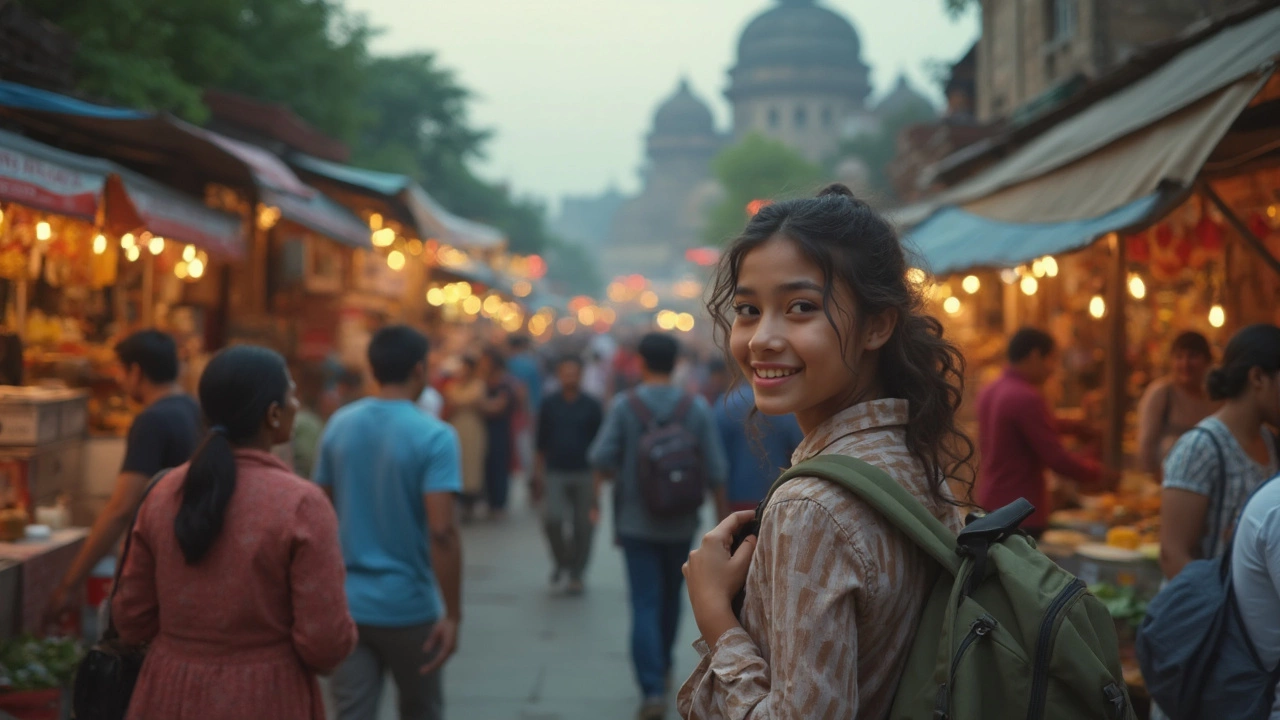SEARCH
Safe Travel India: Your Practical Guide
Traveling in India can be an unforgettable adventure, but it also means you need to stay alert about safety. From picking the right state to visit, to knowing how to handle food and customs, these simple tips will keep your trip smooth and stress‑free.
Where to Feel Most Secure
The first step is choosing a destination with a low crime rate and friendly locals. Our research shows that the safest state in South India is Kerala. The state scores high on police presence, tourist‑friendly infrastructure, and honest experiences from travelers. If you’re looking for a beach vibe, Kochi and Varkala combine safety with beautiful scenery.
Beyond Kerala, the northern hill stations of Himachal Pradesh and Uttarakhand also rank low on crime and high on hospitality. They’re great for trekking, and the locals are used to tourists, so they often go out of their way to help.
When you plan a city break, stick to well‑lit neighborhoods and avoid isolated streets after dark. In Delhi, for example, the Connaught Place area and the lanes around India Gate stay busy well into the night, making them safer choices.
Everyday Safety Hacks
Airports can set the tone for the whole journey. In 2025, India’s cleanest and safest terminals include Delhi’s Indira Gandhi International and Mumbai’s Chhatrapati Shivaji. They have clear signage, regular sanitisation, and efficient security lanes. Arrive early, keep your boarding pass and ID handy, and use the official luggage trays to avoid mix‑ups.
Food safety is another big concern. Stick to cooked dishes that are served hot, avoid raw salads from street stalls, and drink only bottled or filtered water. Popular dishes like dosa, idli, and biryani are safe when prepared fresh. If you have a sensitive stomach, carry a small pack of oral rehydration salts—just in case.
Customs rules can catch you off guard, especially with personal jewelry. You don’t need to declare everyday pieces like a wedding band or a simple gold chain, but high‑value items (over INR 50,000) should be declared. Pack jewelry in your carry‑on and have receipts ready if asked.
Budget planning also contributes to safety. Knowing how much a 3‑day trip should cost helps you avoid overspending and the temptation to accept shady offers. Use a simple budget calculator: add up transport, accommodation, food, and a small emergency fund. Keeping cash in small denominations and using a reputable travel card reduces the risk of theft.
Lastly, stay connected. Get a local SIM card with data, share your itinerary with a trusted friend, and download a reliable offline map. If something feels off, trust your gut and move to a more populated area.
By picking safe states, using clean airports, eating smart, and following a few common‑sense rules, you can enjoy India’s rich culture without worry. Remember, most travelers have great experiences—just plan ahead and stay aware.

How Safe Is India for Tourists? North India in Focus
Is it risky to travel through North India? This article digs into real safety concerns, what travelers actually experience, and honest tips for navigating cities and rural spots in India. You'll find up-to-date info about scams, transportation, cultural etiquette, and what solo travelers—especially women—should know. Useful facts and down-to-earth advice help you figure out if India can be both adventurous and safe for your trip. Get beyond rumors and vague warnings to hear what works and what to avoid.
Continue reading